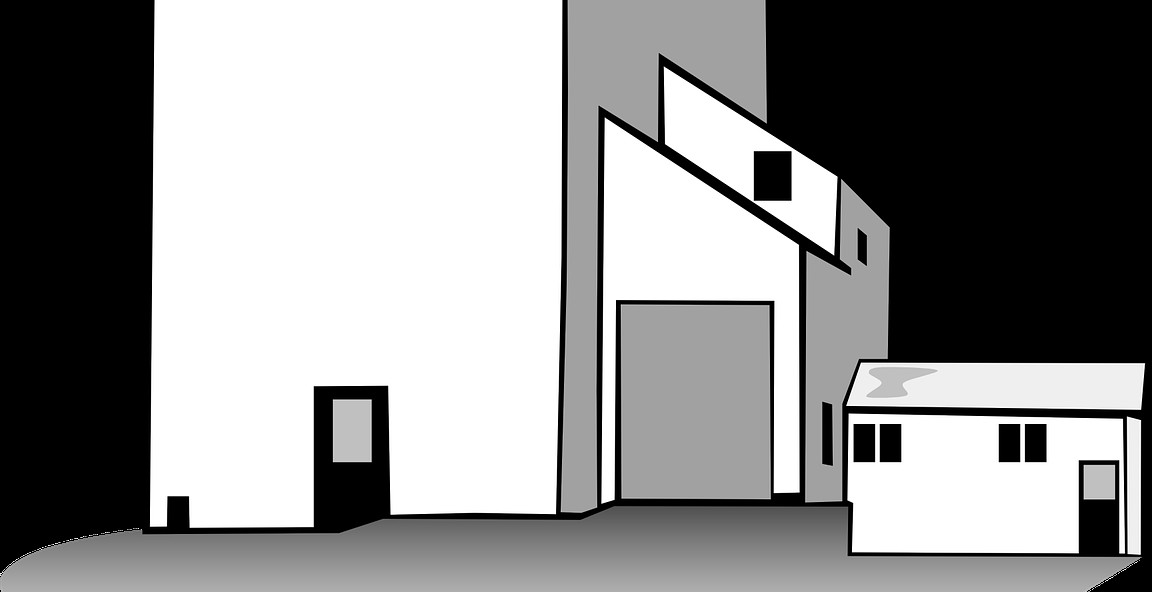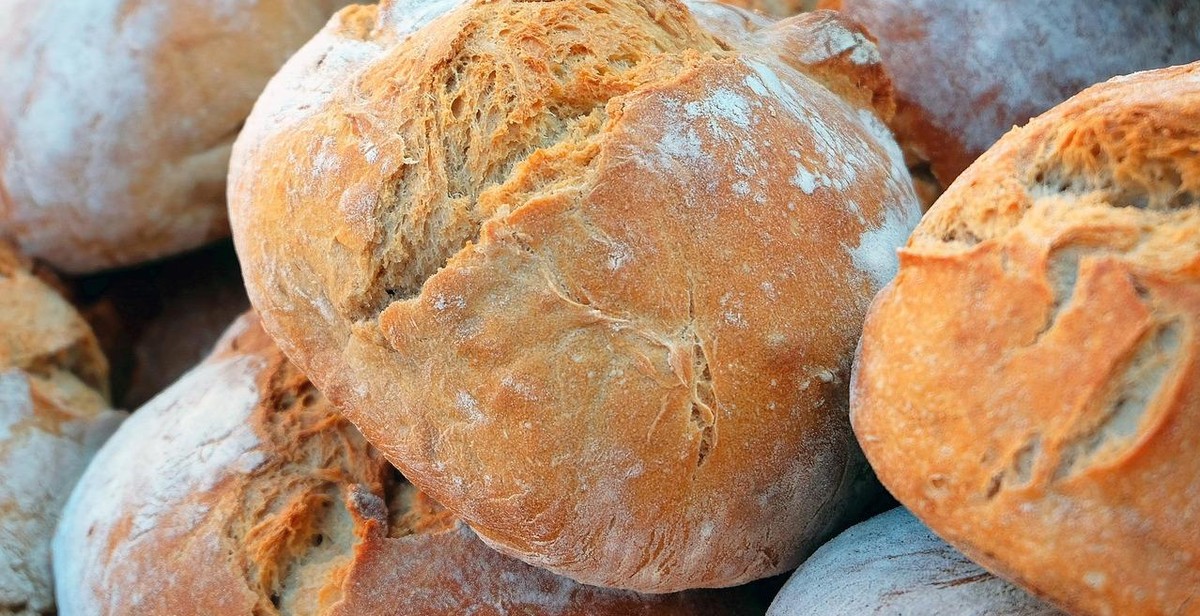How to Make Homemade Bread: A Beginner’s Guide to Baking Delicious Bread at Home
There is something incredibly satisfying about making your own bread from scratch. The smell of freshly baked bread wafting through your home is enough to make anyone’s mouth water. But why bother making bread at home when you can easily buy it from the store?
Why Make Homemade Bread?
There are several reasons why you should consider making your own bread at home:
- Taste: Homemade bread tastes infinitely better than store-bought bread. You can customize the flavor and texture to suit your preferences.
- Health Benefits: Store-bought bread often contains preservatives and additives that are not good for your health. Homemade bread, on the other hand, is made with simple, wholesome ingredients.
- Cost: Making your own bread at home can be much cheaper than buying it from the store, especially if you bake in bulk.
- Satisfaction: There is something incredibly satisfying about making something from scratch and seeing the end result.
Benefits of Homemade Bread
In addition to the reasons mentioned above, there are several other benefits of making your own bread at home:
- You can control the ingredients and ensure that your bread is free from harmful additives and preservatives.
- You can experiment with different flours, grains, and flavors to create unique and delicious bread.
- Baking bread can be a therapeutic and relaxing activity.
- You can impress your friends and family with your homemade bread-making skills.
| Tip: | Invest in a good quality bread knife to ensure that you can slice your homemade bread with ease. |
Now that you know why homemade bread is worth the effort, let’s dive into the process of making delicious bread at home.

Ingredients for Homemade Bread
Making homemade bread is a simple process that requires just a few basic ingredients that you probably already have in your kitchen. Here are the primary ingredients you’ll need to make delicious bread at home:
1. Flour
Flour is the main ingredient in bread and provides the structure and texture of the final product. You can use either all-purpose flour or bread flour for making bread. Bread flour has a higher protein content, which helps to create the gluten structure necessary for a chewy and elastic bread.
2. Yeast
Yeast is a living organism that helps to leaven the bread and give it a light and airy texture. There are two types of yeast: active dry yeast and instant yeast. Active dry yeast needs to be activated in water before using it in the dough, while instant yeast can be added directly to the dry ingredients.
3. Salt
Salt is an essential ingredient in bread that adds flavor and helps to control the fermentation process. It also helps to strengthen the gluten structure and improve the texture of the bread.
4. Water
Water is the primary liquid used in bread dough and helps to hydrate the flour and activate the yeast. The temperature of the water is crucial for activating the yeast and should be between 105°F and 115°F.
| Ingredients | Amount |
|---|---|
| Flour | 3 cups |
| Yeast | 1 packet (2 1/4 teaspoons) |
| Salt | 1 teaspoon |
| Water | 1 1/4 cups |
Now that you know the basic ingredients needed for making homemade bread, it’s time to get started on the recipe. With a little practice, you’ll be making delicious bread that your family and friends will love.

Equipment
Before you start making homemade bread, you will need to ensure that you have all the necessary equipment. Here are the essential tools that you will need:
Mixing Bowl
A mixing bowl is an essential tool when it comes to baking bread. You’ll need a large mixing bowl to combine your ingredients and knead your dough. A glass or stainless steel bowl is ideal, as it won’t absorb any odors or flavors from the ingredients. A large mixing bowl will also give you enough space to work your dough, preventing any spillage.
Measuring Cups and Spoons
When it comes to baking bread, precision is key. Measuring cups and spoons are essential tools to ensure that you get the right measurements for your ingredients. A set of measuring cups and spoons will help you to measure out flour, water, yeast, and other ingredients accurately. This will ensure that your bread turns out perfectly every time.
Bread Pan
A bread pan is an essential piece of equipment when it comes to baking bread. This pan will give your bread its shape and help it to rise evenly. A good quality bread pan should be non-stick and made of heavy-duty metal. It should also be the right size for the recipe that you are using.
Oven
An oven is an essential piece of equipment when it comes to baking bread. You will need an oven that can reach high temperatures of up to 450°F. This will help your bread to rise and bake evenly. A conventional oven is ideal for baking bread, but a convection oven can also be used.
With these essential tools, you’ll be well on your way to making delicious homemade bread. Make sure that you have all the equipment before you start baking, and follow the recipe carefully for the best results.
Steps to Make Homemade Bread
Mixing the Dough
To make homemade bread, start by mixing the dough. In a large mixing bowl, combine flour, yeast, salt, and sugar. Gradually pour in warm water and stir until the mixture forms a sticky dough.
- Ingredients: Flour, yeast, salt, sugar, warm water
- Tools: Large mixing bowl, spoon or spatula
- Tip: Use a kitchen scale to measure the ingredients accurately.
Kneading the Dough
After mixing the dough, it’s time to knead it. Sprinkle some flour on a clean surface and transfer the dough onto it. Knead the dough by folding it, pressing it, and stretching it for about 10-15 minutes until it becomes smooth and elastic.
- Tools: Clean surface, flour, hands
- Tip: Avoid adding too much flour during kneading as it can make the bread tough.
Proofing the Dough
Once the dough is kneaded, it needs to be left to rise or proof. Place the dough in a greased bowl, cover it with a damp cloth, and let it rest in a warm place for 1-2 hours until it doubles in size.
- Tools: Greased bowl, damp cloth, warm place
- Tip: Preheat the oven to 375°F/190°C during proofing to ensure it’s hot enough for baking.
Baking the Bread
After proofing, it’s time to bake the bread. Transfer the dough onto a baking sheet or a greased loaf pan and bake it in the preheated oven for 30-40 minutes until it’s golden brown. Remove the bread from the oven and let it cool on a wire rack before slicing and serving.
- Tools: Baking sheet or loaf pan, oven, wire rack
- Tip: To check if the bread is fully baked, tap the bottom of the loaf – it should sound hollow.
| Step | Ingredients/Tools | Tip |
|---|---|---|
| Mixing the Dough | Flour, yeast, salt, sugar, warm water, mixing bowl, spoon or spatula | Use a kitchen scale to measure the ingredients accurately. |
| Kneading the Dough | Clean surface, flour, hands | Avoid adding too much flour during kneading as it can make the bread tough. |
| Proofing the Dough | Greased bowl, damp cloth, warm place | Preheat the oven to 375°F/190°C during proofing to ensure it’s hot enough for baking. |
| Baking the Bread | Baking sheet or loaf pan, oven, wire rack | To check if the bread is fully baked, tap the bottom of the loaf – it should sound hollow. |
Troubleshooting Homemade Bread
Dough is Too Dry
If your dough is too dry, it will be tough and difficult to shape. To fix this issue, try adding a little bit more water or milk to your dough. Start with a tablespoon at a time and mix until you reach the desired consistency. You can also try adding more fat, like butter or oil, to your dough to make it softer and more pliable.
Dough is Too Wet
If your dough is too wet, it will be sticky and hard to work with. To fix this issue, try adding more flour to your dough. Start with a tablespoon at a time and mix until you reach the desired consistency. You can also try kneading your dough for a longer period of time to help develop the gluten and give it more structure.
Bread is Too Dense
If your bread is too dense, it may be because you didn’t give it enough time to rise or didn’t knead it enough. To fix this issue, try kneading your dough for a longer period of time to develop the gluten and give it more structure. You can also try giving your dough more time to rise before baking. Make sure you’re following the recipe’s instructions for proofing time and temperature.
Bread is Undercooked
If your bread is undercooked, it may be because your oven temperature is too low or you didn’t bake it for long enough. To fix this issue, try increasing your oven temperature by 25 degrees and baking your bread for an additional 5-10 minutes. You can also try using an instant-read thermometer to check the internal temperature of your bread. It should be around 190-200 degrees Fahrenheit when fully cooked.
| Issue | Solution |
|---|---|
| Dough is Too Dry | Add more water or milk, or more fat like butter or oil |
| Dough is Too Wet | Add more flour and knead longer |
| Bread is Too Dense | Knead longer and let rise longer |
| Bread is Undercooked | Increase oven temperature and bake longer, or check internal temperature with a thermometer |

Conclusion
Learning how to make homemade bread can be a fun and rewarding experience, and with this beginner’s guide, you have all the information you need to get started. Remember that practice makes perfect, so don’t be discouraged if your first few loaves don’t turn out exactly as you hoped. Keep experimenting and refining your techniques, and soon you’ll be baking delicious bread that will impress your friends and family.
Tips for Success
- Use high-quality ingredients, including flour, yeast, and salt.
- Measure your ingredients carefully for consistent results.
- Don’t be afraid to experiment with different types of flour and flavors.
- Allow your dough to rise in a warm, draft-free environment.
- Invest in a good quality bread knife for easy slicing.
Final Thoughts
Homemade bread is a wonderful addition to any meal, and with a little bit of practice, you can master the art of baking bread at home. Whether you prefer a classic white loaf, a hearty whole wheat bread, or something more adventurous, the possibilities are endless. So roll up your sleeves, dust off your apron, and get ready to enjoy the delicious taste and aroma of freshly baked bread.
